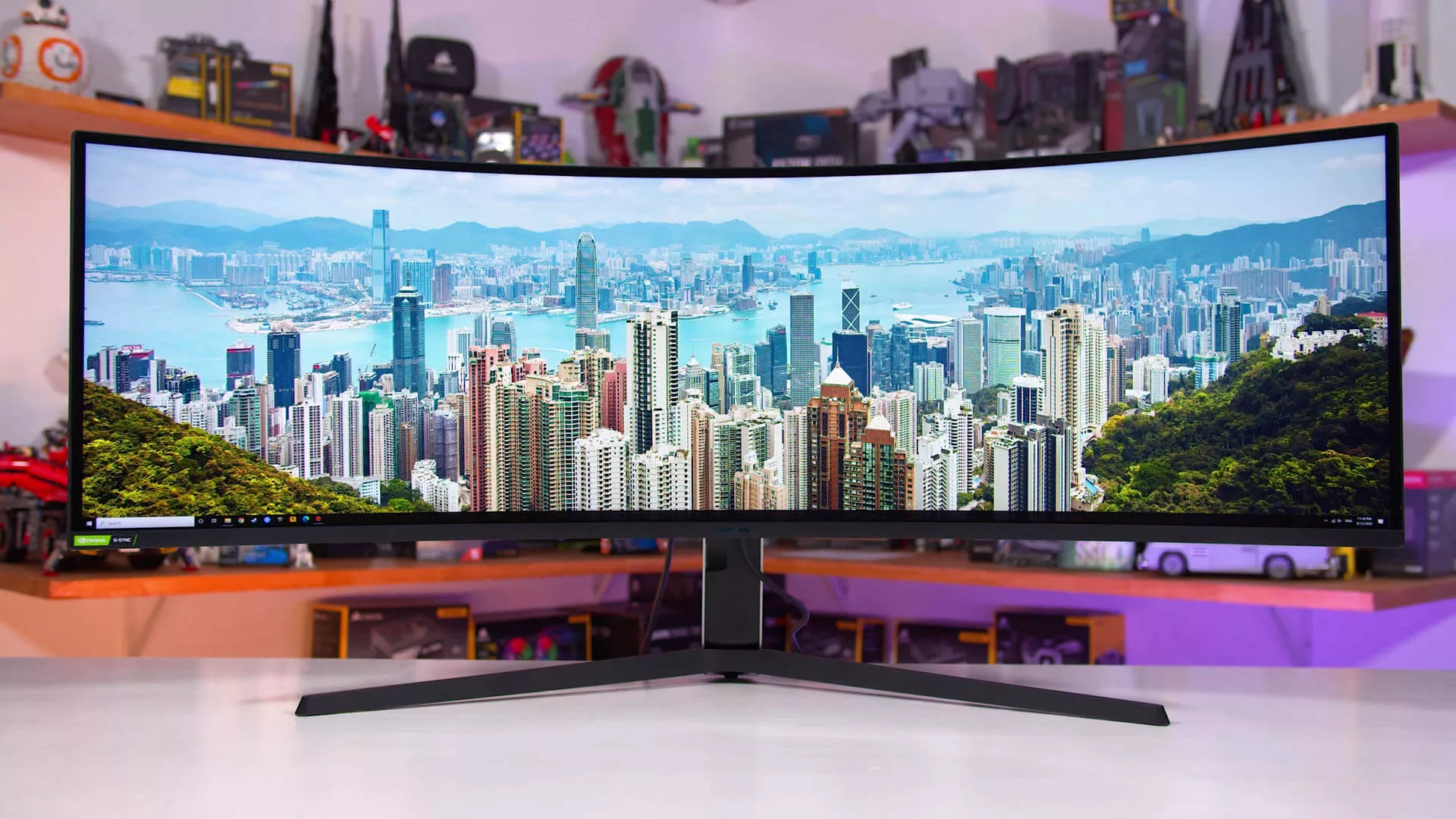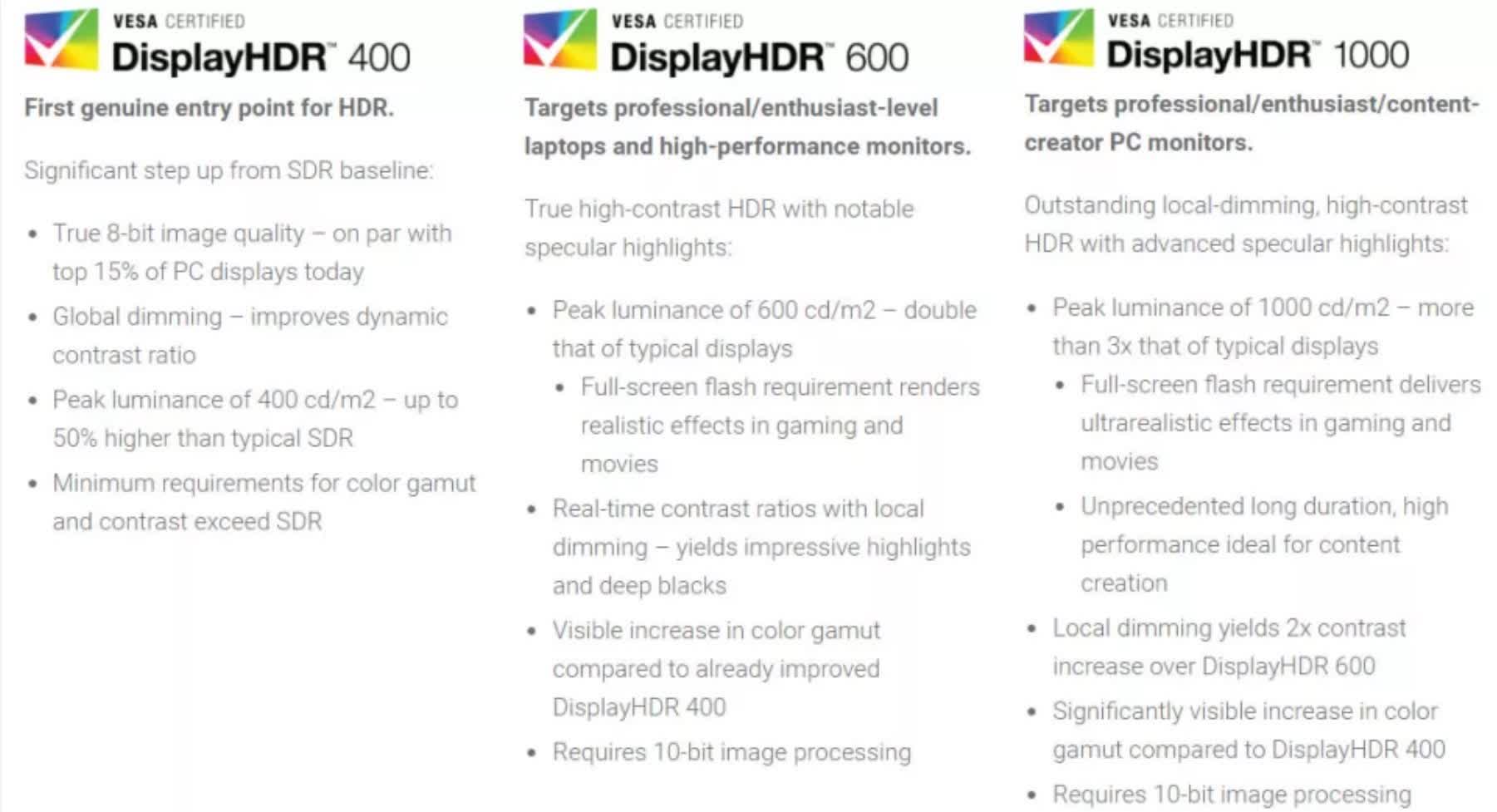In context: We recently heard rumors that a couple of upcoming gaming monitors would be the first to carry VESA’s DisplayHDR 2000 certification. But the association behind the DisplayHDR standard says there’s a problem with this claim: DisplayHDR 2000 doesn’t exist, at least not yet.

Chinese retail website Taobao recently listed two monitors—a new version of the Samsung Odyssey G9 and a new Acer EI491CRG9—both of which appeared to carry a DisplayHDR 2000 logo, indicating they will reach 2,000 nits brightness.
According to VESA’s displayHDR.org website, its certifications start at DisplayHDR 400 and reach DisplayHDR 1400, with each level requiring a greater level of brightness and contrast ratio (among other things) than the last.
Responding to reports of the DisplayHDR 2000 listings, VESA wrote that “There is no ‘DisplayHDR 2000’ tier in the VESA DisplayHDR specification and logo program at this time.”
“VESA has no knowledge of the origins of the DisplayHDR 2000 logo currently posted on these display listings on the Taobao website. However, VESA takes any misuse of our trademarks and logos seriously.”
The organization did not rule out the new standard arriving, but it’s certainly not here yet.
“VESA does not endorse the use of this logo unless and until a DisplayHDR 2000 tier has been officially announced by VESA,” it added. “Until the displayhdr.org website displays DisplayHDR 2000, any such logo usage should be assumed to be unapproved and deceptive.”
Rumors that the next Samsung Odyssey G9 would come with 2,000 nits brightness and mini-LED tech were around before the Taobao listing. Samsung, unsurprisingly, has not commented on the monitor's specs.
https://www.techspot.com/news/89371-vesa-there-no-thing-rumored-displayhdr-2000-certification.html
